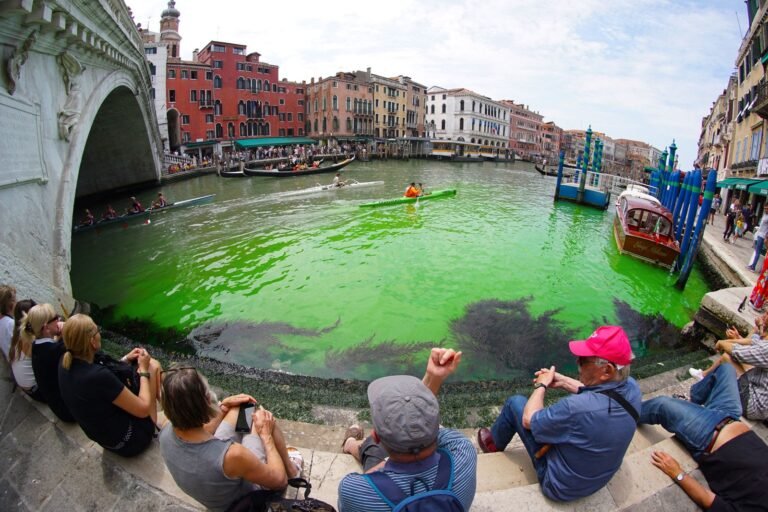How to Remove Popcorn Ceilings in 7 Easy Steps
If the small area of your ceiling tests positive, you should have a professional licensed in asbestos abatement remove the texture or cover the entire ceiling with paneling or drywall. “If you have asbestos, it is best to leave the ceiling intact, as there is no real danger if it is in good condition,” he says.
For more information, look to the Environmental Protection Agency’s [EPA] asbestos exposure and removal guidelines.
You’ll also want to consider your personal limits, even if the popcorn ceiling is covering a small area. Experts estimate that for experienced DIY’ers it can take about 20 hours to remove 500 square feet of popcorn from the ceiling. For the less experienced, it will likely be longer, and it can also be quite difficult on your body (especially since you’re working on a ladder). Plan to take plenty of breaks and don’t overextend yourself.
What is the easiest and cleanest way to remove ceiling popcorn?
Time to get to work. Fortunately, this DIY project doesn’t require any special tools, and you may already have everything you need on hand.
Here is what you need for popcorn ceiling removal:
Drywall taping knife or a putty knife
Step 1: Test for Asbestos Before Popcorn Ceiling Removal
If your popcorn ceiling was installed before 1980, it most likely contains 1% to 20% asbestos, says McAuley, who recommends you start with an asbestos test kit before tackling popcorn ceiling removal. If you find that your ceiling contains asbestos, it is best to call a professional for removal; though if it is in good shape it can be left undisturbed or encapsulated.
If the ceiling has been painted in the past, skim coating with an ultra-light joint compound can be a great way to smooth the appearance without disturbing the asbestos-containing material. “Most popcorn ceilings will require at least two skim coats prior to sanding, as you want to be sure you do not sand down into the original materials,” McAuley says. “After sanding is complete, the ceiling should be primed and painted.”
Step 2: Protect furniture, walls, and floors
Remove furniture from the room, and cover floors and walls with plastic sheeting. “Scraping the ceilings is very messy—so have plenty of drop cloths and tarps on hand,” Krzyston says. Keep in mind that you’ll likely be spraying water, so if you do put down drop cloths be sure they are also covered with something that is waterproof. To protect walls from dust, attach plastic sheeting with painter’s tape. This is especially important when you use a sander to create a smooth ceiling at the end of the project.
Step 3: Take down ceiling fans and lighting
Take down ceiling fans or hanging light fixtures to make the job easier—just be sure to cover electrical boxes with painter’s tape to protect the wires from water damage. “Turn off your HVAC system and close and cover all vents and electrical outlets with plastic,“ Krzyston says. Since you’ll likely be using a garden sprayer to soften up the popcorn ceiling texture, make sure to turn off the electricity in the room you’re working in.
Step 4: Protect yourself
Before getting started, open the windows to circulate air. Keeping the space ventilated will help you breathe easier as you scrape away at the popcorn ceiling texture. You’ll also want to wear a dust mask and safety glasses.
Step 5: Spray the ceiling with water
Fact: A wet scrape is easier than a dry scrape. Use a garden sprayer to wet a small area (four-by-four-foot) of the ceiling. “You will want to wet down and spray the ceiling with water to make the removal of the popcorn easier,” Krzyston says. “Don’t soak it, though, as too much water could damage the Sheetrock that is underneath.” You’ll want to work in small sections, otherwise, the areas will dry before you reach them. After you spray with a garden sprayer or spray bottle, wait about 15 minutes to let the water absorb.


